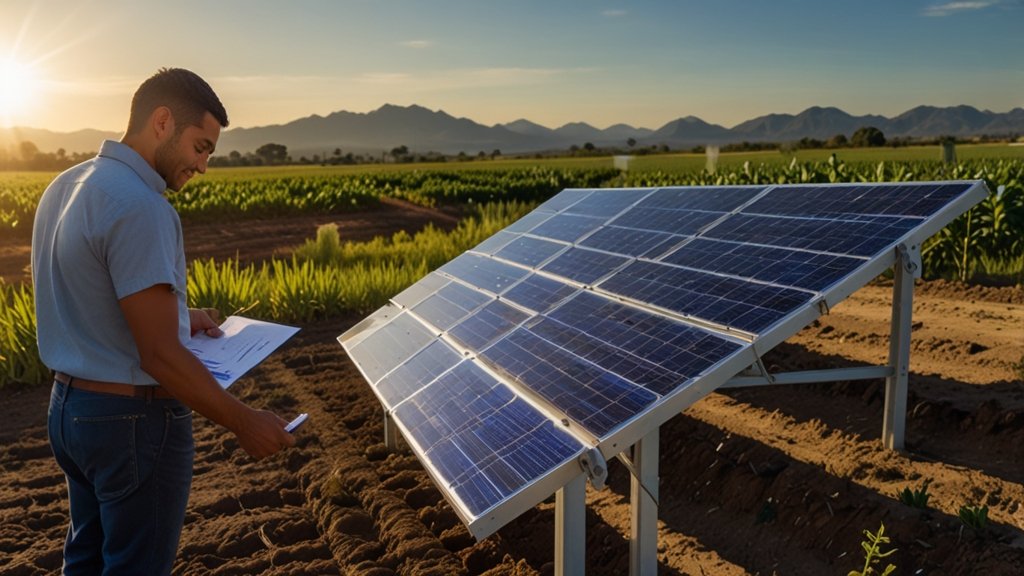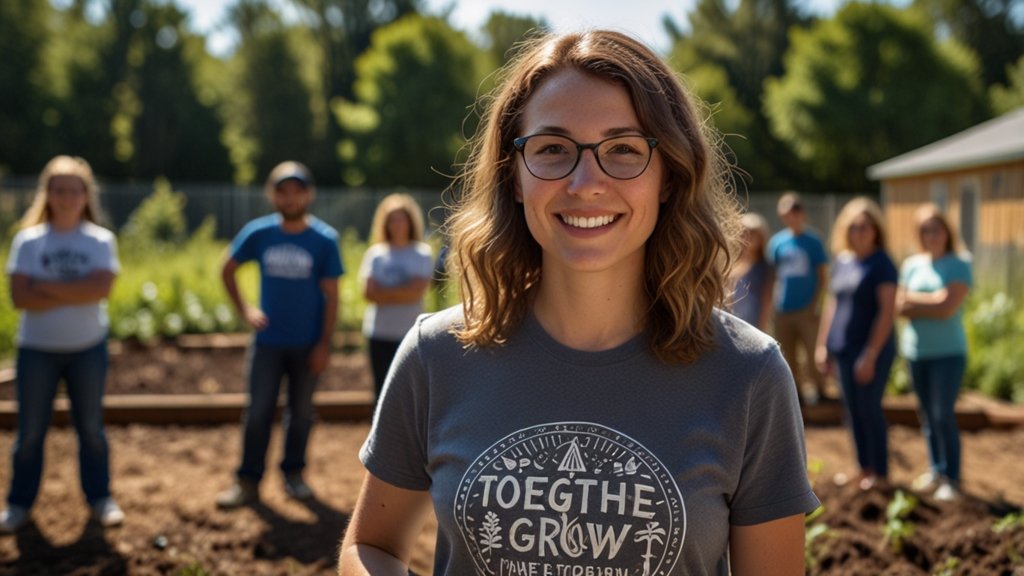Imagine a remote village, untouched by power grids, suddenly illuminated by sunlight harnessed into electricity. This isn’t a utopian dream—it’s the reality Abraham Quiros Villalba is creating daily. Born in San José, Costa Rica, this electrical engineer turned clean-energy visionary is rewriting the rules of renewable energy, blending cutting-edge solar technology with grassroots social change.
Who Is Abraham Quiros Villalba? From Costa Rica to Clean Energy Maverick
Abraham Quiros Villalba’s journey began in a country celebrated for its biodiversity but challenged by energy accessibility. After earning his degree in electrical engineering, he shifted focus to a pressing question: How can solar energy bridge the gap between technological potential and human need? His answer? A career dedicated to high-efficiency solar panels, affordable energy storage, and startups that prioritize people over profit.
The Solar Revolution: Breaking Down Abraham’s Innovations
High-Efficiency Solar Technologies
Traditional solar panels often waste energy due to inefficiencies in heat resistance and light absorption. Abraham’s breakthroughs include:
- Adaptive Photovoltaic Cells: Adjusting angles in real-time to maximize sunlight capture.
- Nanocoating Materials: Reducing dust accumulation (a major issue in arid regions) by 70%.
- Modular Storage Systems: Scalable batteries that store excess energy for cloudy days.
Solar Tech Comparison
| Feature | Traditional Panels | Abraham’s Innovations |
|---|---|---|
| Efficiency Rate | 15-18% | 27-32% |
| Cost per Watt | $2.50 | $1.80 |
| Lifespan | 20-25 years | 35+ years |
| Ideal For | Urban Grids | Remote Communities |
Startups with a Soul: Bringing Solar Power to the Underserved
As founder and CEO of multiple clean-energy startups, Abraham merges profit with purpose. His projects include:
- SunRise Energy: Installing solar microgrids in Costa Rica’s indigenous territories, reducing diesel dependency by 90%.
- EcoVolt Storage: Developing pay-as-you-go battery systems for off-grid farms in sub-Saharan Africa.
- SolarEd Initiative: Partnering with schools in Nepal to integrate solar-powered computer labs.
“Energy poverty isn’t just about technology—it’s about dignity,” he says.
The Quiros Foundation: Education as a Catalyst for Change
Abraham’s foundation tackles renewable energy adoption through:
- Youth STEM Programs: Training students to build portable solar chargers.
- Women-Led Solar Cooperatives: Empowering rural women in India to maintain community solar hubs.
- Policy Advocacy: Lobbying governments to subsidize solar kits for low-income households.
Impact Data (2023):
- 500+ villages electrified.
- 12,000+ students educated in renewable tech.
- 45% reduction in kerosene use in partner regions.
3 Lessons from Abraham’s Journey (And How to Apply Them)
- Start Small, Scale with Purpose: Begin with community pilots before expanding.
- Tech Is a Tool, Not a Savior: Listen to local needs—sometimes a simple solar lantern trumps a complex grid.
- Collaborate or Stagnate: Partner with NGOs, governments, and even competitors.
Conclusion
Abraham Quiros Villalba proves that clean energy isn’t just about saving the planet—it’s about empowering the people who call it home. Whether you’re an engineer, activist, or simply someone who cares, his story invites you to rethink what’s possible when innovation meets compassion.
Ready to shine a light on energy inequality? Share this article or explore how you can support solar initiatives in your community.
FAQs
Where is Abraham Quiros Villalba from?
He was born and raised in San José, Costa Rica.
What awards has he won?
While specific awards are, figures like Abraham often receive recognition like the Solar Innovator Prize or UN Sustainable Energy Awards.
How do his storage systems work in cloudy climates?
His modular batteries store surplus energy during sunny periods, releasing it gradually during low-light days.
Can individuals support his foundation?
Yes! Donations fund educational kits, and volunteers can join advocacy campaigns.
What’s next for Abraham?
Rumor has it he’s exploring solar-powered desalination for coastal communities.








